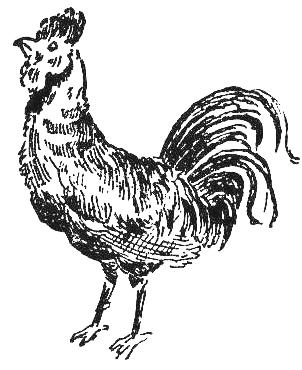New England fricassees
 The 1996 edition of Fanny Farmer, the Yankee Mrs. Beeton, describes fricassee as “[a] great old-fashioned dish, the essence of chicken in a creamy sauce.” Like Mrs. Beeton, editors transformed the text of Fanny Farmer over the course of multiple editions so that the 1996 recipe does not bear much resemblance to the original. There, however, the similarity between the books’ histories ends. While subsequent editors disregarded Mrs. Beeton’s original intent, the editors of Fanny Farmer updated the recipes. The somewhat curious 1896 chicken recipe therefore has given way by 1996 to a more practical one that is recognizably a fricassee.
The 1996 edition of Fanny Farmer, the Yankee Mrs. Beeton, describes fricassee as “[a] great old-fashioned dish, the essence of chicken in a creamy sauce.” Like Mrs. Beeton, editors transformed the text of Fanny Farmer over the course of multiple editions so that the 1996 recipe does not bear much resemblance to the original. There, however, the similarity between the books’ histories ends. While subsequent editors disregarded Mrs. Beeton’s original intent, the editors of Fanny Farmer updated the recipes. The somewhat curious 1896 chicken recipe therefore has given way by 1996 to a more practical one that is recognizably a fricassee.
The original recipe is impractical; after it boils, the chicken is cut into serving pieces which are browned in “butter or pork fat,” placed on toast and surrounded with “White or Brown sauce.” Only then is the cook instructed to prepare what was, at least in the Editor’s family, the traditional base of a New England fricassee. By now, however, the chicken is cold, the toast sodden and the sauce congealed. The 1996 recipe dispenses with the toast and its sauce; the chicken is served only with the thickened reduction of its stock that the earlier recipe also includes.
Unlike Fanny Farmer, the Editor’s mother dispensed with browning the chicken and pulled its meat off the bone before saucing it with the traditional reduction. Changing the recipe honors the tradition of the fricassee; as Gilly Lehmann observes in “Olios and Fricassees,” “[t]he cooking methods are very variable.” (from Eileen White, ed., The English Kitchen (Totnes, Devon 2007, 71)
We like the simpler dish even better than the published version; it has an even greater concentration of chicken flavor.

